They stay an ounce of the prevention is worth a pound of cure. Isn’t it the truth?
In my early years, I lived in the City of Baltimore. We did not have much money, but we played outside with what we had available. We had a rubber ball (purchased for pennies) and a discarded broomstick, so we played stickball – our form of baseball – on a vacant lot where a building had been torn down. We drew bases on the ground with chalk and a base on the wall representing home plate. We had a lot of fun.
The neighborhood started to change, and new/different folks moved in. After a few years, you couldn’t go out a night. Even during the day on weekends were problematic. We were chased and had our bikes stolen. These experiences taught me some valuable lessons.
Today, even in the best areas of town, when walking through a parking lot at the mall, I instinctively look between every car on either side to see if someone is lurking there. Paranoia or prevention?
The same lessons holds true for healthcare facilities in today’s current IT and data hacking environment.
Many health care facilities don’t spend much on data security and protection nor do they educate staff about prevention. Then, when they least expect it, they get hacked and are on the news for compromising patient data and may be penalized by government agencies for their breach and laxness.
Data security is urgently needed in healthcare facilities. It’s time to prioritize protecting patient data. More patients would likely use electronic data portals if they believe they are safer.
If you want to prevent something, you need to act like it could happen. The best prevention is to be vigilant and watchful. An ounce of prevention is worth a pound of cure.
Featured news
Ted’s Take: What is your role in health and health equity?
As we talk and plan for improvements in virtually anything, it’s important that we examine what our role in that process is and should be.
Ted’s Take: Medicare for all – HUH?
Around every national election, the phrase Medicare for All comes up. My reaction is simple: HUH? Here’s why?
JKTG-Funded Research Tackles Possible Way to Stop Spread of Breast Cancer
New JKTG Foundation-funded research identifies potential new immune system target to head off the spread of breast cancer cells. The work is from the Johns Hopkins Giovanis Institute and appears in the journal Oncogene.

Jayne Koskinas Ted Giovanis
Foundation for Health and Policy
PO Box 130
Highland, Maryland 20777
Media contact: 202.548.0133


